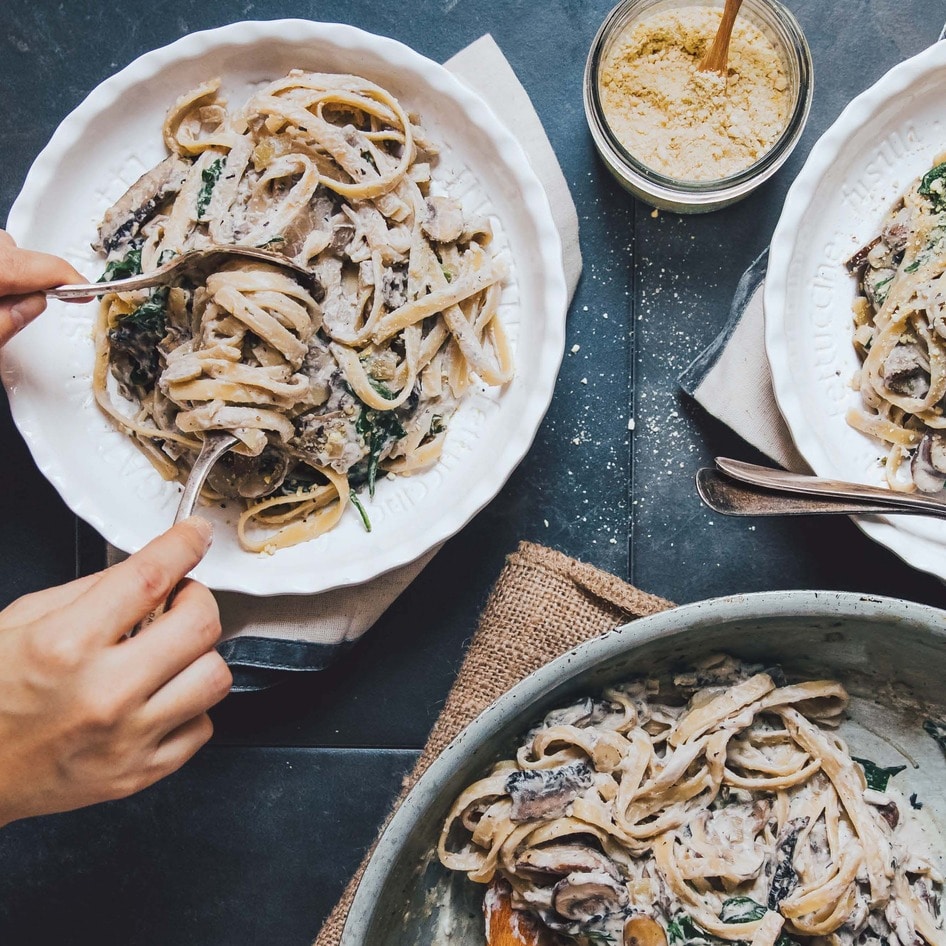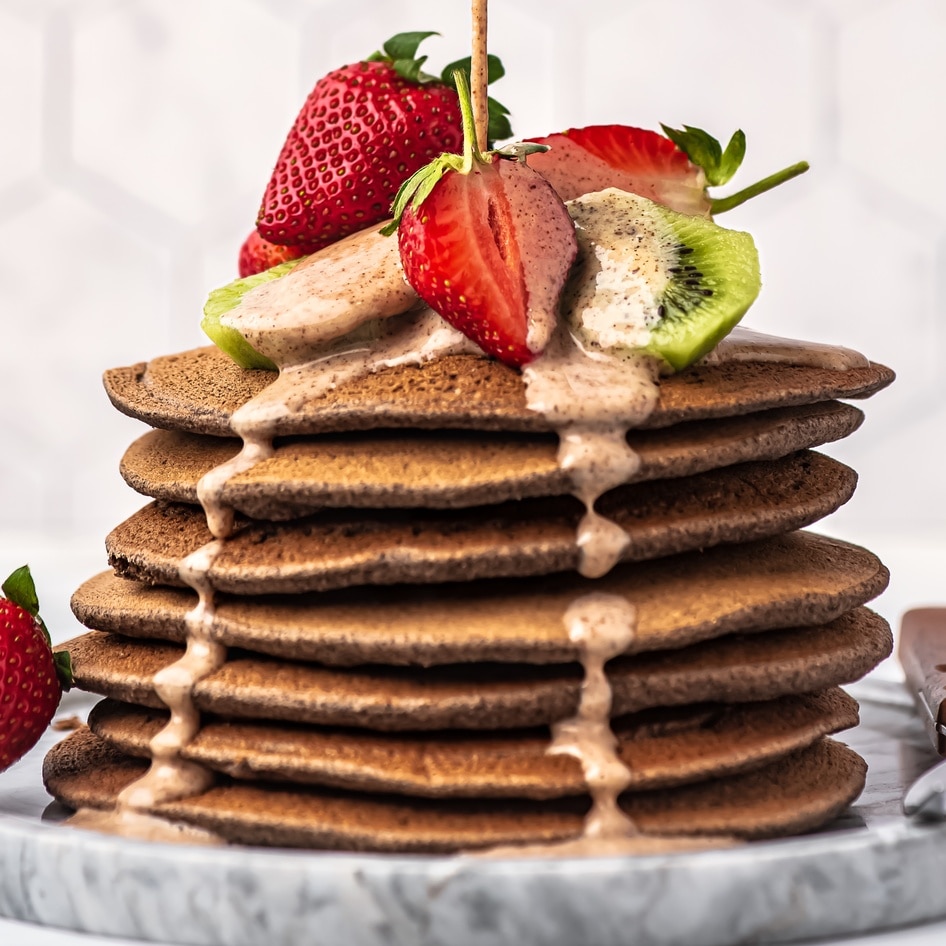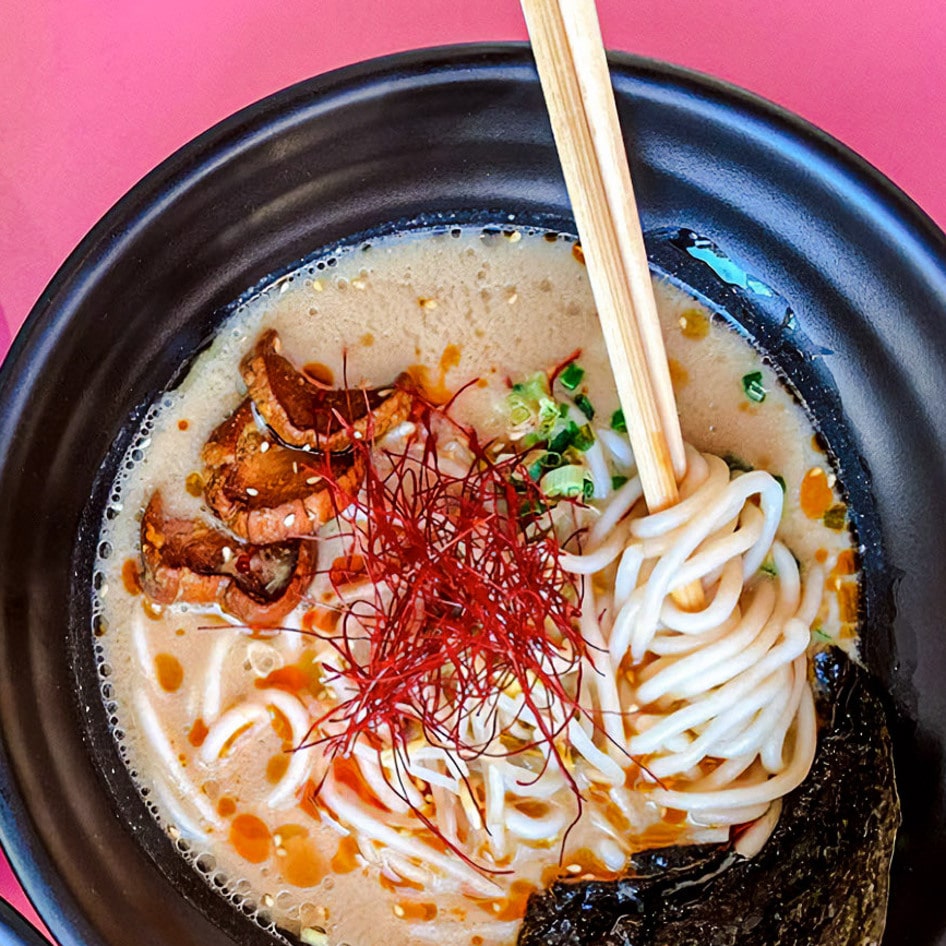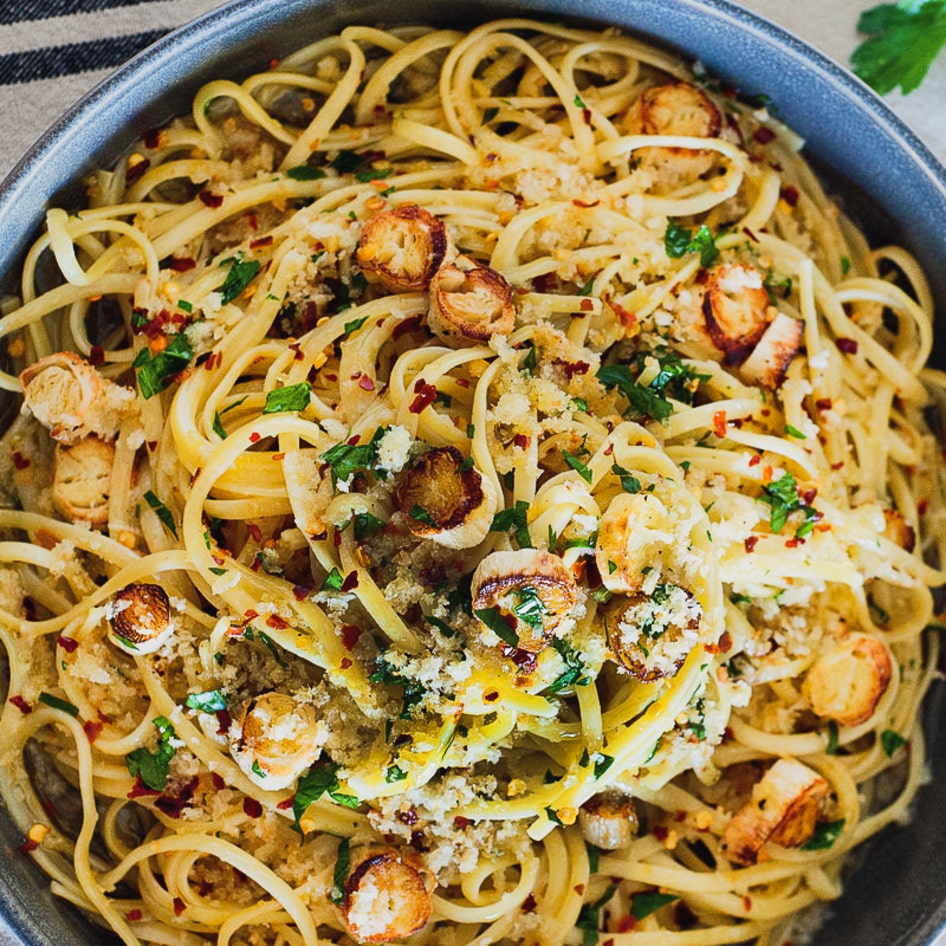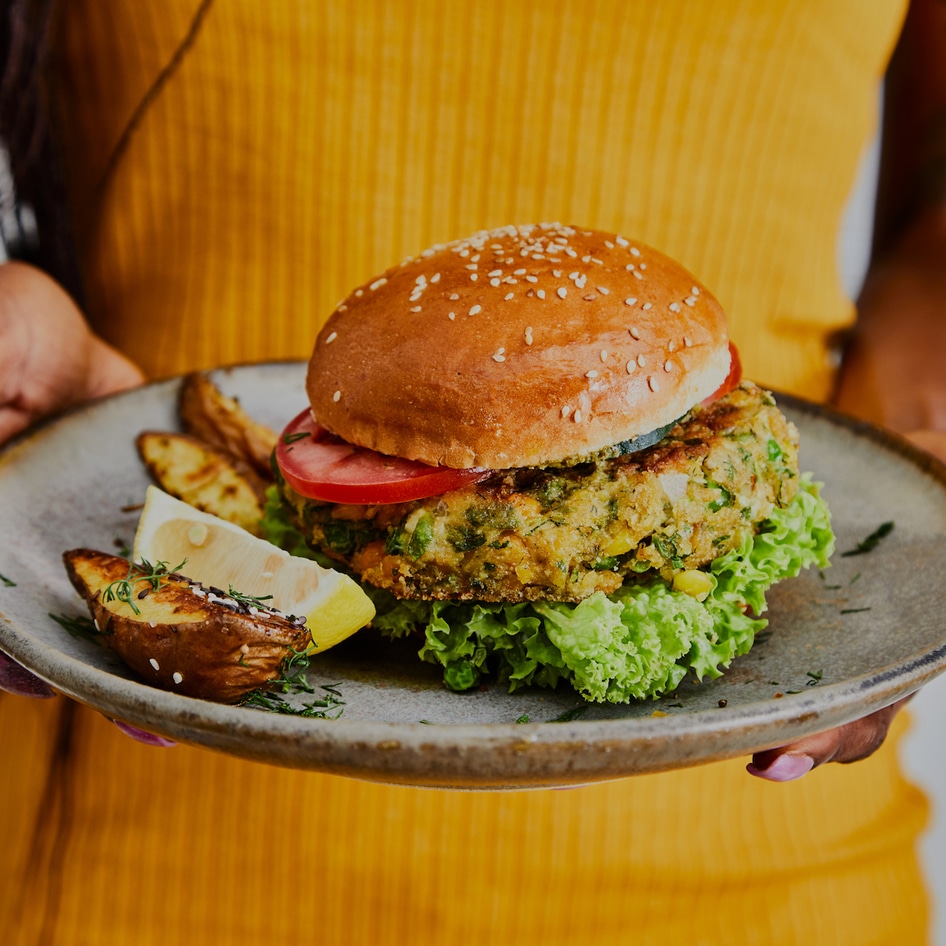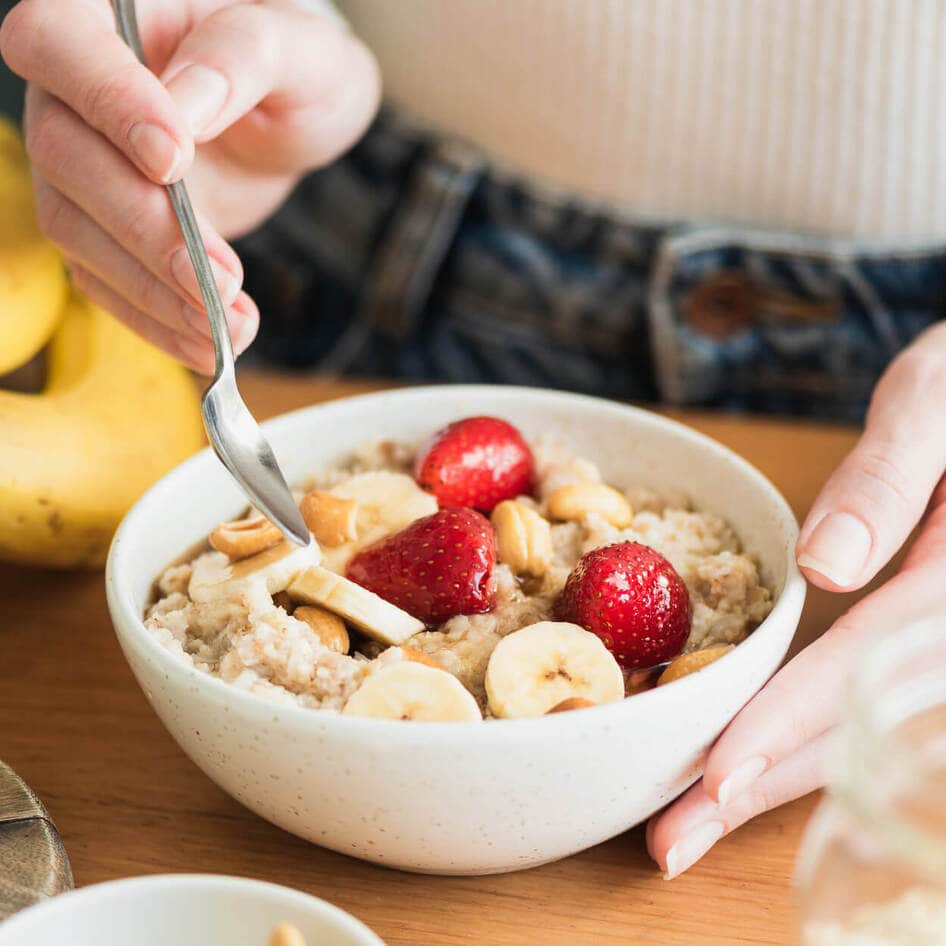Guide to Pastas
Durum, quinoa, and buckwheat, oh my! Read on to find out about the many varieties of this mealtime staple.
February 28, 2011
Cooked as early as 5,000 BC and first brought to the United States by English colonists as macaroni and cheese, pasta is a staple in cuisines worldwide. While fresh pasta normally contains egg, cruelty-free eaters can benefit from the myriad options of dried pastas. From classic durum wheat fettuccini to new-age quinoa spaghetti, vegan pasta options are vast and varied.
Durum Semolina
The most popular type of dried pasta, durum wheat is a hard, high-gluten variety that makes it good for storing and cooking. In fact, Italian law dictates that in order to be named pasta, noodles must be made of durum. Semolina refers to the golden-colored, granular flour made from the hard durum wheat berries. Durum wheat grows abundantly in Sicily and Naples; the breezes and hot winds are perfect for drying pasta. Indeed, this area of the country is where the Italian pasta industry developed in the 18th century.
Buckwheat
Despite its name, buckwheat is not actually a member of the wheat family—it is a pseudo-cereal. Besides being gluten-free, buckwheat also contains a glucoside molecule called rutin, which has been found to aid in lowering blood pressure, possibly treat type 2 diabetes, and lower cholesterol. Buckwheat pasta can be found throughout the world—common buckwheat noodles are the Japanese soba, a thin noodle eaten both chilled and hot, the flat Italian pizzoccheri, and the Korean memil guksu, a thin, spaghetti-like noodle traditionally eaten in the summer. Whip up some delicious Soba Noodles and try buckwheat tonight.
Rice
For those with a gluten intolerance, rice pasta (a gluten-free variety made out of white rice, brown rice, or a combination of the two) has quickly become a staple in American grocery stores. Rice-based noodles have been a culinary staple for thousands of years, and are dominant in China, Laos, and Vietnam—try some Vietnamese Noodle Soup or Peanut Rice Noodles made with authentic rice noodles. Brown-rice pasta increases fiber intake since it has higher fiber content than white-rice pasta. Be careful not to cook traditional Western rice pastas too long because they will become mushy if overcooked.
Whole-Wheat
This variety of pasta provides a big bang for a nutritional buck. Whole-wheat pasta, while thicker and tougher than its durum-wheat relative, provides more fiber, protein, iron, and other minerals per bowl. Some varieties are even fortified with health-boosting additions such a flax seeds, providing a healthy dose of omega-3s. Whole-wheat pasta also delivers a heartier flavor, and will hold its own in sauces and lasagnas. Each version is different, so make sure to try a few before making a decision about this pasta variety.
Alternative Pastas
Spelt, quinoa, beans, and millet are a few of the many alternative grains used to make pasta. Spelt, an ancient grain that is a relative of wheat, has a nutty flavor, a broader span of nutrients than its conventional cousin, and is an excellent source of vitamin B2, manganese, copper, niacin, and thiamin. Quinoa, a pseudo-cereal that originated in South America, provides a complete protein source, while also boosting fiber, iron, and magnesium. Millet pasta, while considered an alternative, is actually the first historically recorded pasta in history—the Chinese used the grain to make pasta 7,000 years ago. Millet is gluten-free and high in B vitamins such as niacin and B6. Make sure to read labels, however, as many of these pastas contain a mixture of wheat and alternative grains.
From the millet noodles of ancient China, to the dishes of lasagna in Horace’s writings in the first century BC, to today’s Vegan Cheese Tortellini, pasta is a diverse, healthy, and delicious food. Find a favorite from the many options out there and enjoy a whole bowlful.
JUMP TO ... Latest News | Recipes | Guides | Health | Shop

